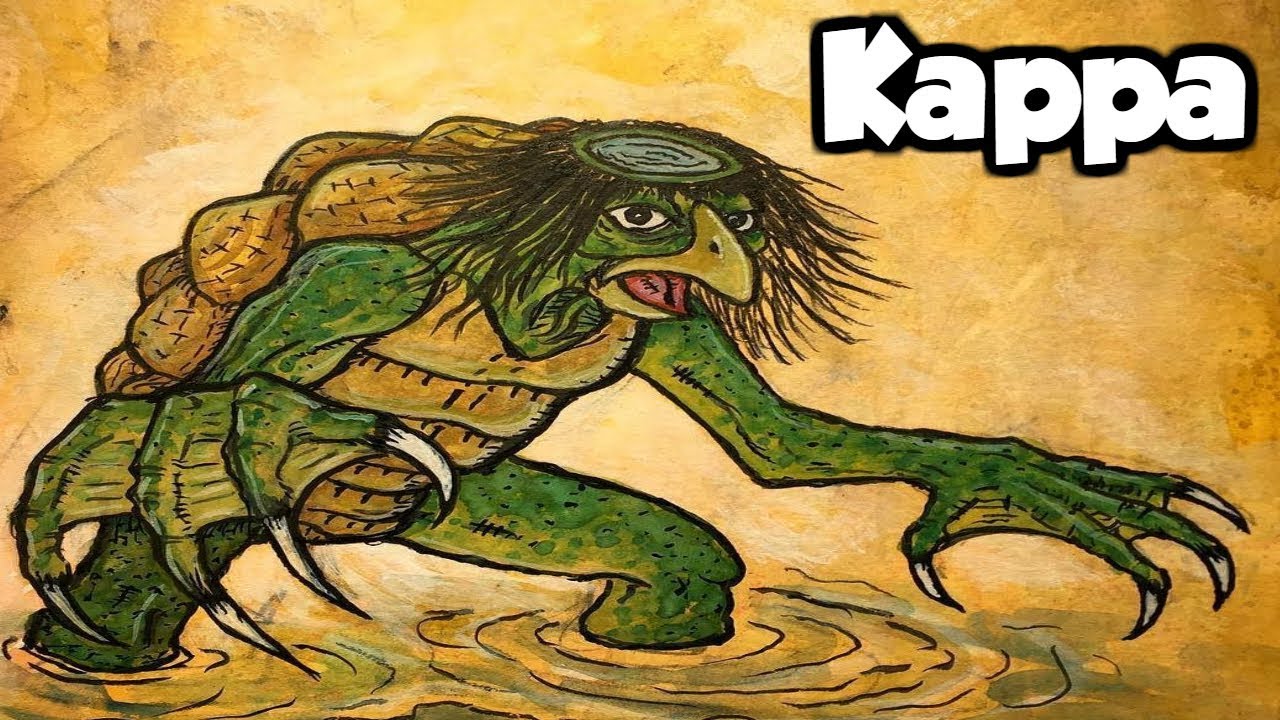
when Horror Yearbook – The Enigmatic Kappa has fascinated people in Japan for centuries. This mythical creature belongs to traditional folklore. Often described as a water-dwelling imp, it has unique and strange features. Kappa stories have been passed down through generations. These tales blend fear, humor, and respect for nature. Despite its mischievous reputation, the kappa holds an important place in Japanese culture. The creature’s image appears in art, literature, and local legends. Understanding the kappa reveals much about Japanese beliefs and attitudes toward the natural world.
The kappa originates from ancient Japan. People believe it lives in rivers, ponds, and lakes. This water spirit resembles a small humanoid turtle or amphibian. Its skin appears green and slimy. One distinctive feature includes a dish-like indentation on its head. The kappa’s power comes from the water held in this dish. When the water spills or dries out, the kappa loses strength. It has a beak-like mouth and webbed hands and feet. These traits make the kappa both unsettling and fascinating.
“Read about: Living in a Haunted House: True Stories and Practical Tips”
The kappa is famous for tricky and mischievous behavior. It frequently plays pranks on humans and animals near water. Some tales tell of it dragging people underwater or stealing crops. However, kappa can also help those who treat them with respect. They challenge humans to sumo wrestling matches as a test. If defeated, the kappa may grant favors or share knowledge. In some areas, kappa protect waterways from harm. Kappa legends often teach respect for nature and water safety. Their dual nature causes both fear and admiration.
The kappa has left a lasting impact on Japanese culture. It appears frequently in manga, anime, and modern media. These portrayals range from scary monsters to friendly, comedic characters. Local festivals sometimes celebrate the kappa with statues and parades. In addition, kappa stories influence children’s education about water safety. Some towns use kappa myths to attract tourism and preserve traditions. The creature’s image continues to evolve while maintaining its core folklore identity. This adaptability keeps the kappa relevant in contemporary society.
“Read more: How to Track Your Workout Progress for Maximum Results”
Symbolically, the kappa represents the mysterious and unpredictable power of water. It reminds people of nature’s danger and beauty. The water on its head symbolizes life force and vulnerability. In a broader sense, the kappa embodies the relationship between humans and the environment. Its stories warn against disrespecting natural resources. At the same time, the kappa’s helpful side suggests harmony is possible. This complex symbolism enriches Japanese folklore and cultural heritage.
The Enigmatic Kappa remains a captivating figure in Japan’s mythical landscape. Its strange appearance and dual nature inspire awe and curiosity. By exploring kappa legends, people connect with ancient traditions and nature’s mysteries. The kappa continues to be a bridge between past and present storytelling. It challenges modern audiences to reflect on their relationship with the environment. This mysterious water spirit, full of contradictions, will likely endure in Japan’s culture for generations.